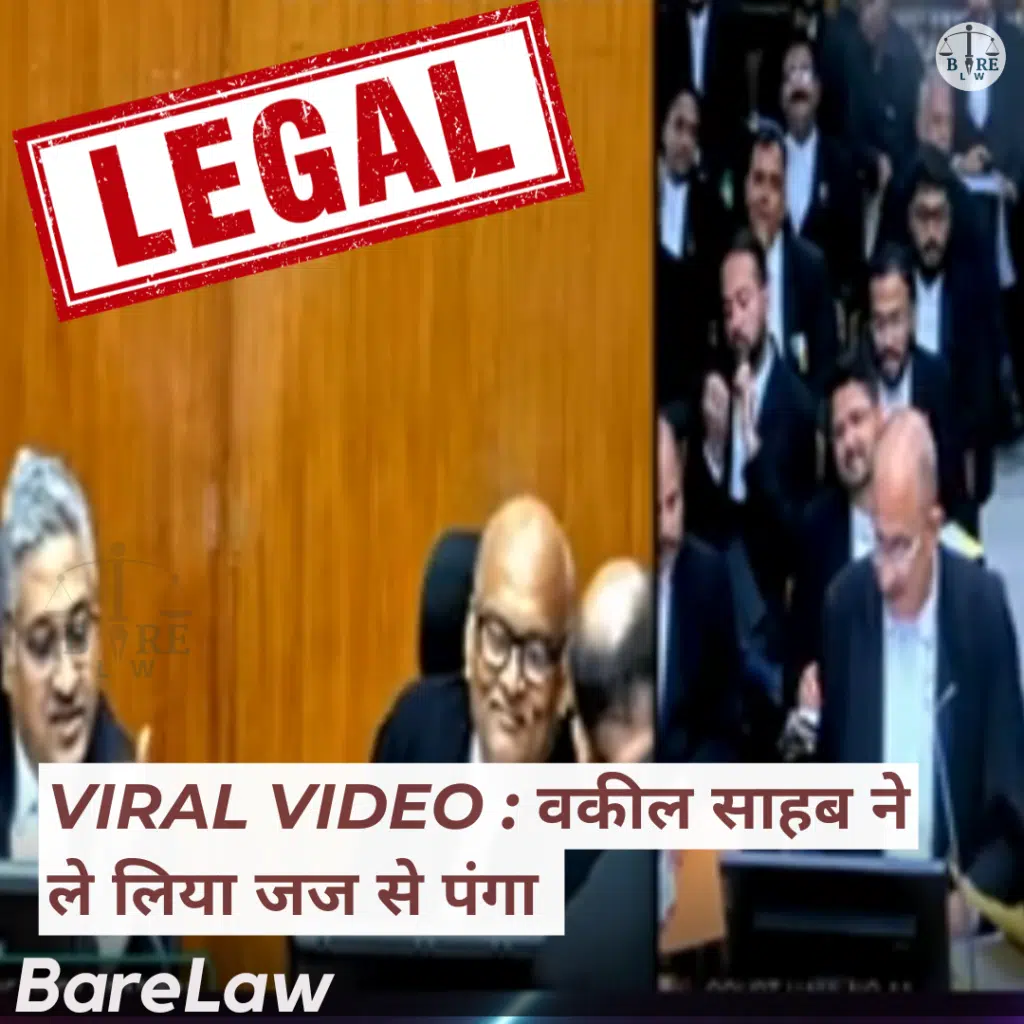A heated but funny courtroom exchange between an advocate and a judge went viral. In response to the judge’s jibe that his presenting style was too light-hearted, the advocate argued on his behalf lightheartedly. But what was supposed to be a humorous rebuttal quickly turned serious as the judge got serious, telling the advocate her authority and threatening contempt of court.

This is an example that demonstrates how quickly the air can change in a courtroom from friendly space to terrifying gravity. Therefore, they must be advocates who argue their points convincingly, but there is a thin line between that and sounding disrespectful. This initial incident calls into question how we, whether in the workplace or otherwise, use or abuse humor and personal exchange to defuse or intensify tension, or lack thereof, in a professional work setting and specifically so in a legal context that demands protocol.
Nothing should be taken lightly with the threat of contempt of court. Contempt is a legal device to impose respect and appropriate behavior in the courtroom so that the dignity of the judiciary is preserved. These situations, however, exemplify the complexities of interpersonal communication within the legal profession. Advocates and judges have to deal with not only legal principles but also emotional ones at the same time.
Humor can be a great way to break up courtroom tension, but this occurrence highlights the importance of maintaining humor and respect in equal measure, notably in a place where authority matters and respect is important.
Contempt of Court
Contempt of court is any act of disrespecting or disobeying the authority and dignity of a court. There are two types:
Civil Contempt: A person is said to be in contempt of court if he willfully disobeys a court order, as in disobeying a judicial command such as a ruling.
Criminal Contempt: This pertains to actions that insult the court and obstruct justice, including inappropriate court behavior, disobedience to the judge’s instructions, and obstruction of the court’s authority.
Without contempt laws, the order and respect necessary for the legal system to function well erodes.
The Advocate Judge Exchange of Contempt
The judge’s warning of contempt of court might have been triggered by the advocate’s humorous response in the viral video, which could have been interpreted as not respecting the judge’s seriousness or dismissing his authority. Sometimes, courtroom banter gets lightened, but crossing certain lines, such as inappropriate comments or gestures, could mess with the decorum of the courtroom, crumbling it into legal consequences.
Contempt in Legal Proceedings.
Contempt of court is a coral effort for maintaining both the legal professionals as well as the public in the abode of the judicial system. It gives judges the power to punish people who take part in undermining judicial proceedings, thereby creating a scene in which justice can be achieved in peace. Its purpose is to honor the guarantee of judiciary authority while maintaining legal defenders’ freedom of speech and expression. In this instance, the humor originated but was perceived as challenging this authority and brought to light the boundary lines that exist in formal settings of this nature.
Basically, the courtroom is not only a place for argument but also a place where we must maintain respect for the rule of law. Contempt of court is an important mechanism to sustain this balance and keep the judicial process efficient and without frills.
Here are some famous cases of contempt of court:
- Arundhati Roy Case (2002): Author Arundhati Roy was charged with criminal contempt for comments that allegedly criticized the judiciary in a case regarding a dam project. She was sentenced to one day in jail and fined ₹2,000.
- Prashant Bhushan Case (2020): Activist lawyer Prashant Bhushan was held in contempt for his tweets criticizing the Chief Justice of India. He was fined ₹1 by the Supreme Court.
- P. Shiv Shankar Case (1988): A former law minister’s remarks were considered scandalous, but the Supreme Court ruled that judges should tolerate criticism in a democracy.
These cases demonstrate how individuals can be held accountable for comments that might be perceived as undermining the judiciary’s authority.



